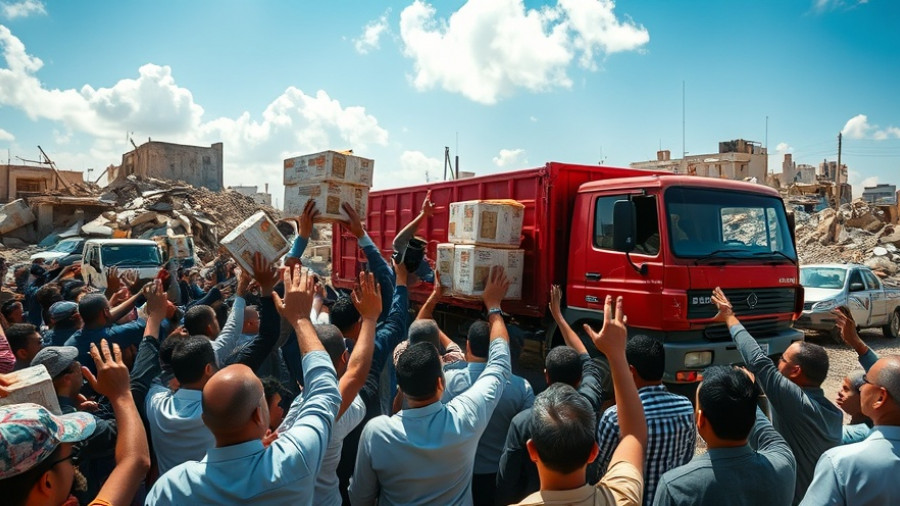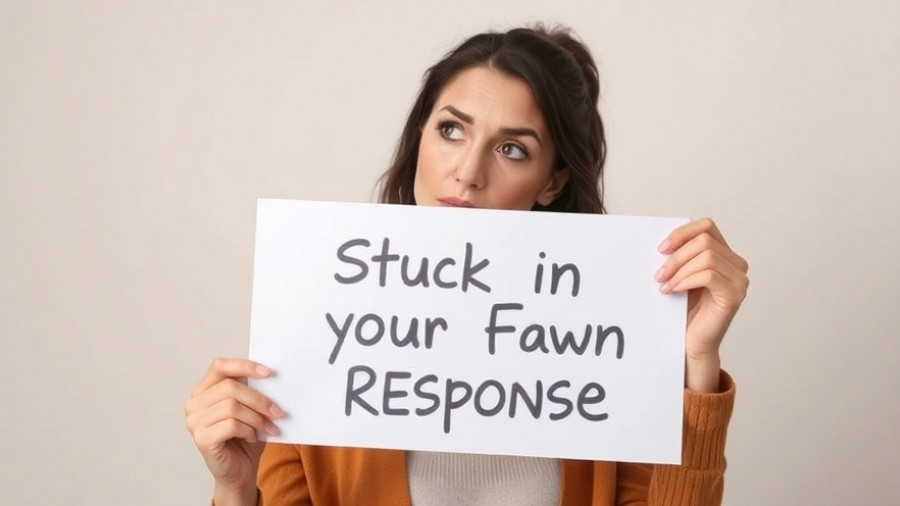
Trump's Peace Plan and Humanitarian Aid: A Parent's Guide to Understanding Gaza's Crisis
In the wake of the recent Gaza ceasefire agreement facilitated by former President Donald Trump's administration, crucial humanitarian issues have come to the forefront. The agreement between Israel and Hamas aims to ensure the flow of food, medical supplies, and essentials into the beleaguered Gaza Strip, which is home to nearly two million Palestinians. However, the actual implementation of this peace plan, especially concerning aid delivery, remains highly complex.
The Importance of Humanitarian Aid
During times of conflict, such as the situation in Gaza, providing humanitarian aid is not just about delivering supplies; it’s about preserving lives. The UN’s World Food Programme has stated that despite recent deliveries, the needs in Gaza are incredibly high. Roughly 700 tons of food were entering daily during the first 12 days of the ceasefire, yet experts indicate this is far from adequate to tackle the urgent famine crisis. The required amount is substantially higher to reverse the effects of starvation.
Understanding the Role of the U.S.
As parents, we want to ensure that children and families are safe and well cared for, whether in our own communities or abroad. The U.S. plays a significant role in facilitating humanitarian efforts, despite some recent setbacks in its own aid programs. Major figures, like Vice President J.D. Vance and Secretary of State Marco Rubio, have been actively working in the region to ensure aid reaches those in need. This involvement is crucial, as American assistance can significantly influence how effectively aid is distributed.
Historical Context and Current Implications
Understanding the history behind the Gaza conflict helps frame the current crisis. The longstanding tensions between Israel and Palestinian factions are rooted in deep sociopolitical issues, including struggles for territory, rights, and recognition. Notably, the recent ceasefire is seen as a pivotal moment, but there's skepticism about whether it will lead to lasting peace. As parents, it’s essential to explain to our children not only the conflict but the broader implications for families in the region.
What This Means for Kids and Families
The children of Gaza are particularly at risk, facing direct impacts from malnutrition and lack of medical care. Recent reports indicate a staggering rise in child mortality due to the ongoing lack of resources. This scenario sheds light on the necessity of immediate and sustained humanitarian support. As advocates for child welfare, it’s our duty to remain informed and advocate for policies that prioritize children's health and well-being in all parts of the world.
Parental Action and Awareness
So what can we do as parents to help in these circumstances? First, it's vital to stay informed about international issues, as they can affect us locally. Engaging with local and national advocacy groups focused on improving humanitarian aid can also be impactful. Encouraging our children to understand global citizenship fosters empathy and awareness.
Hope for the Future
Despite the grim realities of the current situation in Gaza, there remains hope. The engagement of global leaders and organizations signifies a desire for change and improvement. Teaching our children about resilience, hope, and the importance of humanitarian aid can inspire future generations to continue the dialogue about peace and health equity worldwide.
Final Thoughts
In the face of challenges such as those seen in Gaza, understanding the role of humanitarian aid is increasingly vital. As parents, it’s our responsibility to foster a dialogue that encompasses compassion and global responsibility. Let's prepare our kids not just to be observers, but to be active participants in creating a better world for all.
 Add Row
Add Row  Add
Add 




Write A Comment